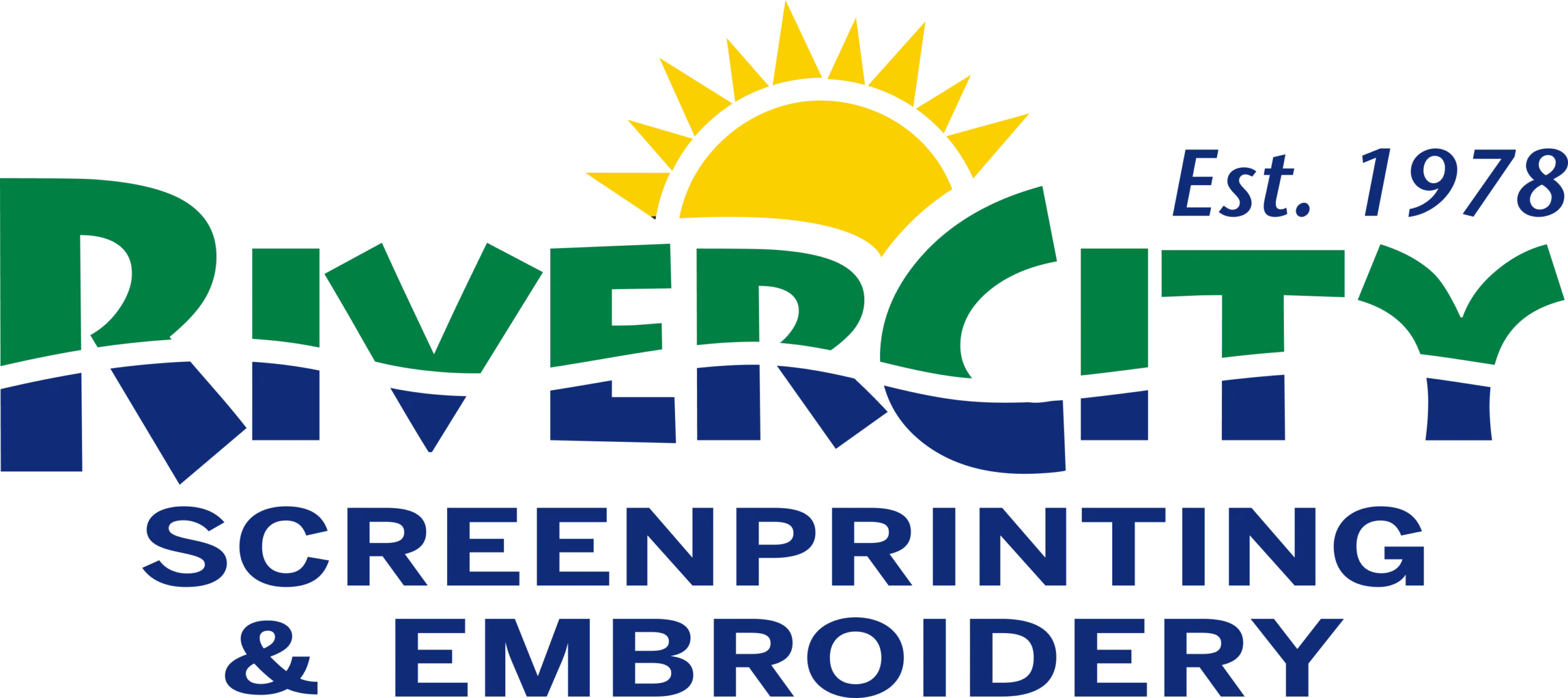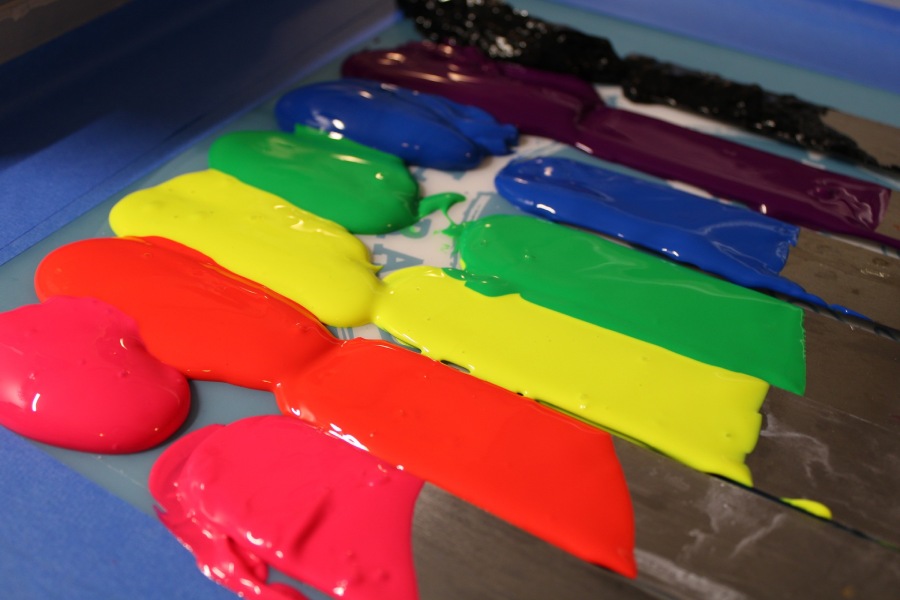Screen printing is pressing ink through a stenciled mesh screen to create a printed design. It’s a versatile method that allows for many options regarding color selection, number of prints, and techniques. It’s an affordable process with a low minimum order quantity. The choice of ink type can depend on the type of screen used; screen print colors can also differ depending on what colors are available. Screen printing also allows you to design with whatever you’re interested in. The type of ink depends on how it is created, where it is produced, and how it’s applied. Here are different types of ink used in screen printing.
1. Sublimation Ink
Sublimation ink is a dye-based ink that has been transformed into a gas by a sublimation process. This allows the prints to be durable, resistant to water and washing, and able to withstand heat. These inks dry instantly, allowing multiple colors to be applied without smudging. Sublimation ink also feels soft to the touch. It also helps re-dye previously printed fabrics.
2. Plastisol Ink
Plastisol ink is a silicone-based ink used by screen printers to create bright, vivid colors and even complex designs. It has a low coefficient of friction and a high-durability power. Plastisol ink has a high resistance to water and heat, which helps keep the print looking new. It also withstands sunlight, rain, and washing; thus, it is durable for long-lasting impressions.
3. Water-Based Ink
Water-based ink is a pigment-based ink that has been dissolved into water. It can remarkably resist moisture and set indelibly in the way of air and ultraviolet rays. Water-based inks are also eco-friendly and easy to dispose of. It is made from synthetic ingredients that mimic the colors of dyes and pigments with excellent transparency. It gives the screen print a softer feel and a subtle sheen.
4. Discharge Inks
Discharge inks are used in a wide variety of processes that help preserve the natural qualities of the fabric by removing ink from the dye bath. It is a pigment-based ink that reacts with chemicals to remove the ink from the material. Discharge inks also provide new benefits and functions, such as chlorine resistance, reduced fire risk, and resistance to set-in stains. Discharge ink has long-lasting effects and is easy to clean, thus giving a screen print a longer life.
5. Vinyl Ink Film
Vinyl ink is an adhesive-backed vinyl film with a permanent adhesive coating on one side; it also has unique colors, high clarity, and excellent colors that can last long periods with proper care. Vinyl ink is flexible and doesn’t crack under extreme heat or ice-cool conditions. Vinyl ink has a wide variety of colors. It can be used on various surfaces, including glass doors and windows, as it helps to provide privacy. They have excellent adhesion and will stick to any clean, smooth surface, and are capable of producing photos with a sharply focused image.
In Conclusion
Ink is an integral part of any successful screen printing shop because it is a factor that can make or break the quality of your work. Finding suitable ink for your custom merchandise is essential to ensure you have a quality product that your clients will love. Ensure you get all the information you need about each type of ink so you can choose which will work best for your screen printing needs.

